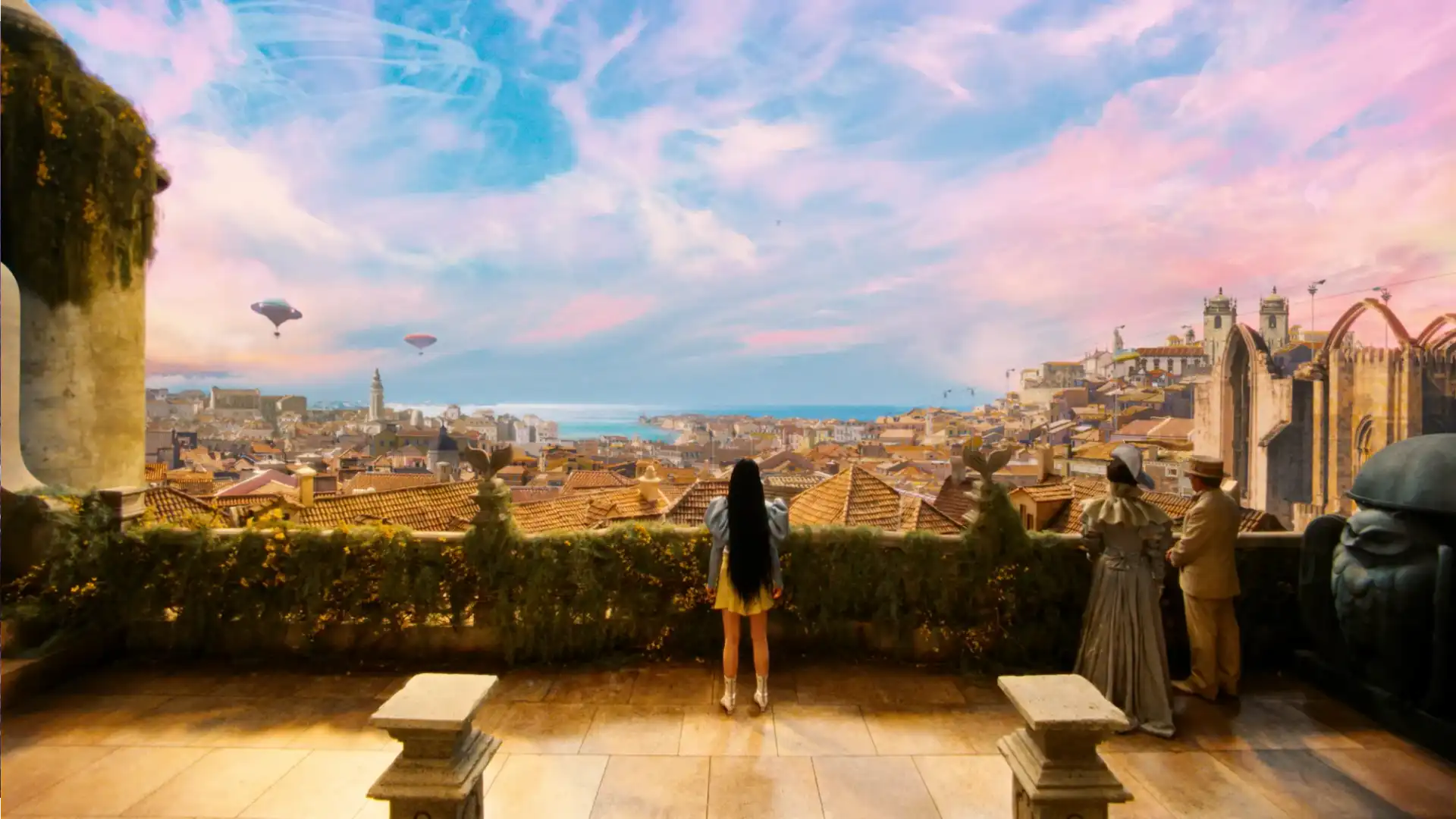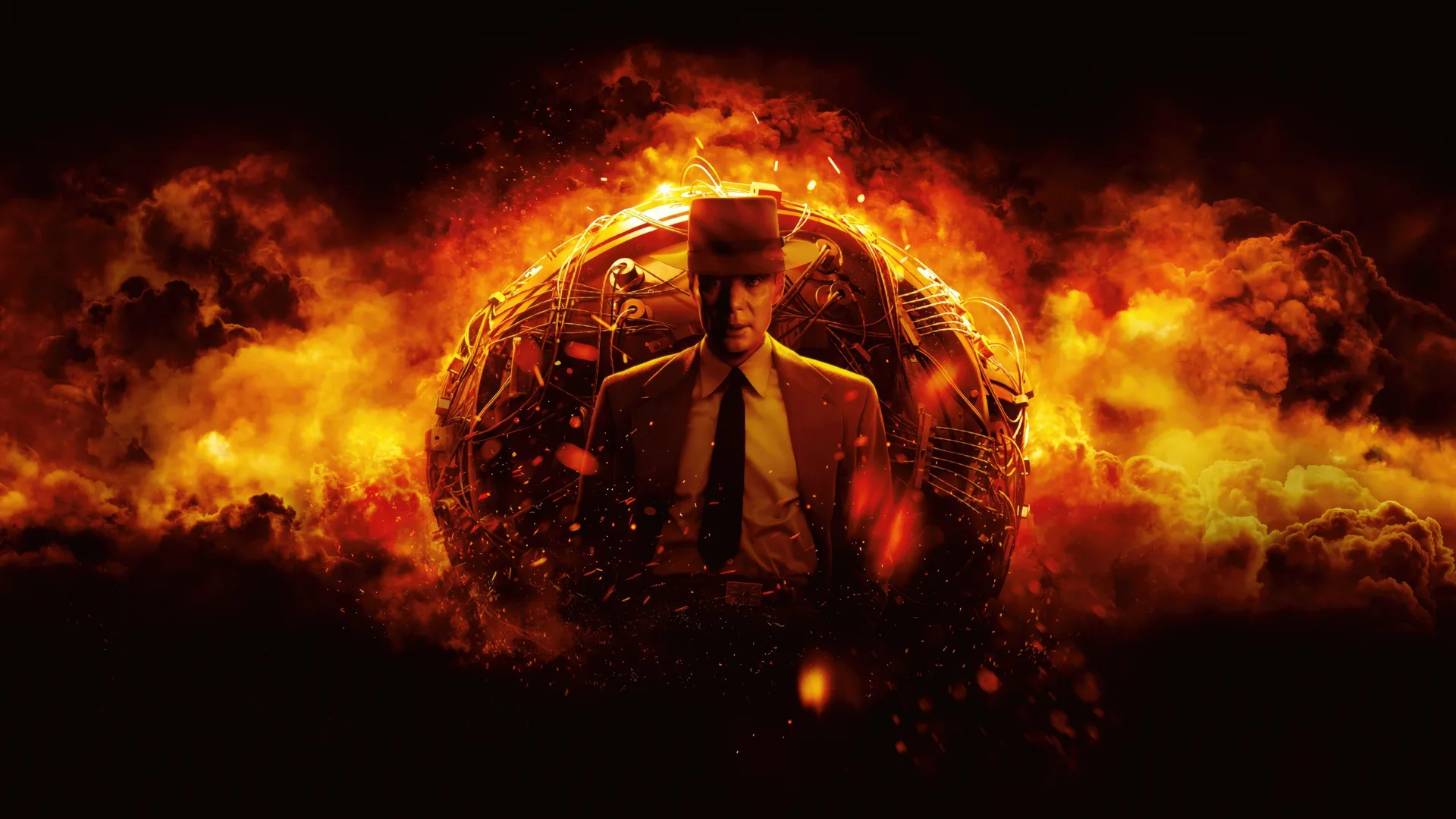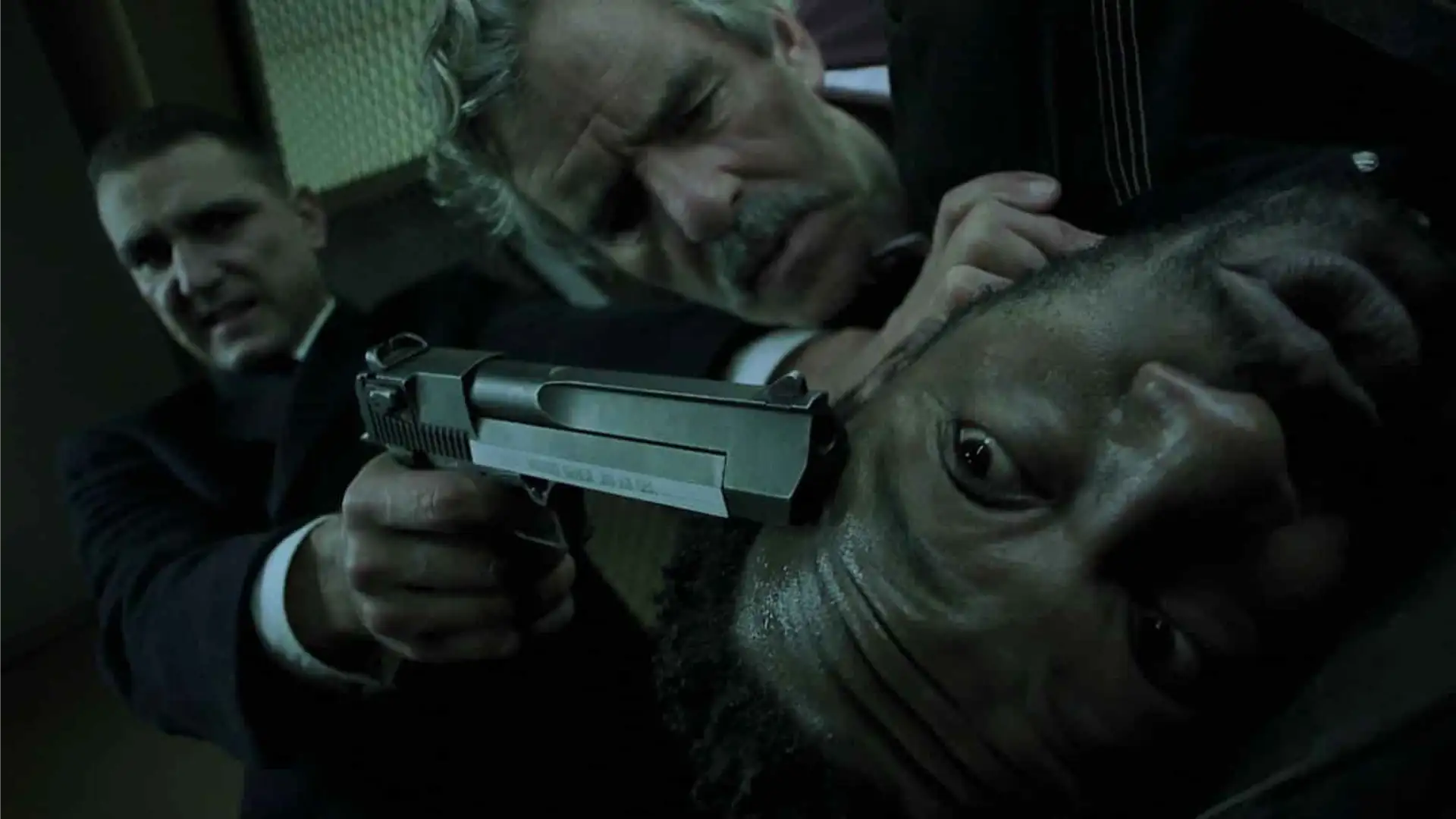In a recent interview with Variety, cinematographer Hoyte van Hoytema offered a deep dive into the fascinating cinematography and coloring techniques employed in Christopher Nolan’s highly anticipated film, Oppenheimer. The discussion sheds light on the meticulous creative decisions that shaped the film’s visual language, hinting at the immersive experience that awaits viewers.

A World Divided: Black and White vs. Color
One of the most striking aspects of Oppenheimer’s cinematography is the use of both black and white and color. Van Hoytema reveals that this distinction originated from the script itself, with director Christopher Nolan employing it to visually differentiate between two distinct narratives: Oppenheimer’s perspective and the broader historical context. Black and white serves to portray Oppenheimer’s internal world, his thoughts and thought processes as he grapples with the weight of his creation. In contrast, color is used for scenes depicting the external world, the historical backdrop against which Oppenheimer’s actions unfold. This visual separation allows viewers to enter Oppenheimer’s mind while simultaneously grounding the film in a realistic historical setting.
Technical Triumphs and Challenges
The film presented a number of technical hurdles, particularly when it came to shooting in black and white on 65mm IMAX. Since traditional black and white film stock wasn’t available in this format, Kodak had to manufacture a special stock based on existing 35mm film. Challenges arose not only in acquiring the film but also in adapting the cameras and developing a new workflow for processing the black and white footage. Van Hoytema emphasizes that the most significant challenges, however, were not related to the grand action sequences or special effects. Instead, they stemmed from the seemingly mundane scenes featuring characters engaged in conversation. The need to convey the gravity of these discussions and the complexities of the characters’ thoughts posed a unique challenge in the black and white format.

The Power of the Frame: Composition in IMAX
Van Hoytema delves into the significance of framing choices in an IMAX film. Unlike traditional formats with a well-defined frame, IMAX offers a more immersive experience, with the image seemingly bending around the viewer. This eliminates the concept of negative space, traditionally used by cinematographers to guide the viewer’s eye. In an IMAX film, the entire frame demands attention, and so composition takes on a new dimension. Van Hoytema emphasizes the importance of placing key elements in the center of the frame to ensure they capture the viewer’s focus. He also explores the use of depth to create a sense of intimacy in certain scenes. By employing wider-angle lenses for close-up shots, Van Hoytema allows viewers to feel as if they are sharing the same space as the characters.

The Nuances of Black and White Cinematography
Van Hoytema describes the distinct approach required for black and white cinematography. In the absence of color, lighting plays a crucial role in establishing contrast and depth. He discusses his preference for using hard light sources, which are often avoided in color films due to their tendency to reveal the origin of the light. Black and white, however, embraces this starkness, creating a graphic quality that enhances the scene’s emotional impact. Additionally, black and white film stock offers more tolerance for variations in lighting, allowing for greater flexibility during shooting.
The Magic of Analog Color Grading
The film’s color grading process, meticulously carried out on analog film prints, is another noteworthy aspect. Van Hoytema expresses his enthusiasm for this traditional technique, which he finds more intuitive and direct compared to digital methods. Unlike digital color grading, which involves frame-by-frame adjustments, the analog process allows the colorist to view the film in real-time at its full resolution. Adjustments are made by calling out instructions while the film runs, creating a more holistic approach to color correction. This method ensures that the final color palette complements the narrative and enhances the emotional impact of each scene.

A Cinematic Journey
Van Hoytema’s insights into the cinematography of Oppenheimer offer a glimpse into the meticulous planning and creative execution that went into crafting the film’s visual language. The use of black and white, the exploration of framing techniques in IMAX, and the commitment to traditional analog color grading all contribute to a unique and immersive cinematic experience. By delving into these details, we gain a deeper appreciation for the artistry and technical mastery behind Oppenheimer’s visuals, which promise to transport viewers into the world of the enigmatic J. Robert Oppenheimer and the dawn of the atomic age.
Nolan used black and white to represent Lewis Strauss’s point of view and his internal world and thoughts, while the color depicts the world from the view of Oppenheimer himself.
Not at all! Black and white allows for bolder lighting choices and greater flexibility during shooting, creating a distinct visual impact.
Analog color grading works with the entire film print at once, offering a more holistic approach, while digital allows for frame-by-frame adjustments.
Film maintains the full resolution captured on set and allows for a faster, more intuitive analog coloring process compared to digital methods.
Oppenheimer is filmed in a combination of IMAX 65 mm and 65 mm large-format film photography including, for the first time ever, sections in IMAX black and white analogue photography.




